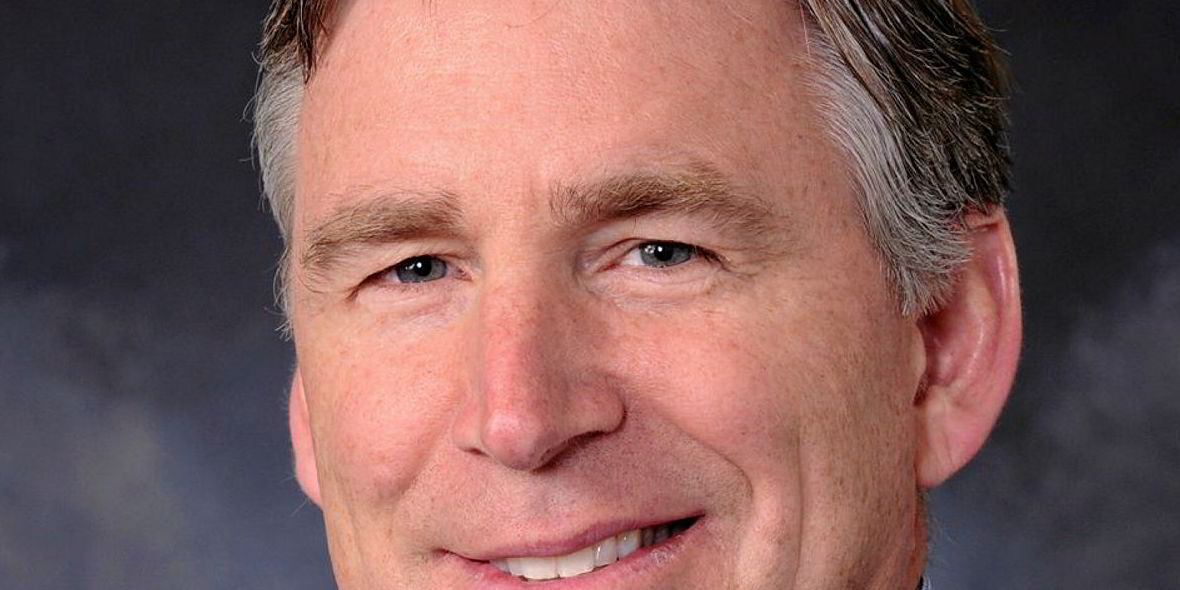Big deals are coming this year in the US wind repowering market, says Kevin Walsh, head of renewables at GE Energy Financial Services (EFS), broadening the market beyond the still-small group of operators choosing to upgrade their ageing wind farms.
“You’ll be seeing some big announcements in 2019, I’m confident of that,” Walsh tells Recharge.
Repowering has become a significant – if somewhat under-the-radar – part of the US wind market in recent years, totalling 3.5GW

